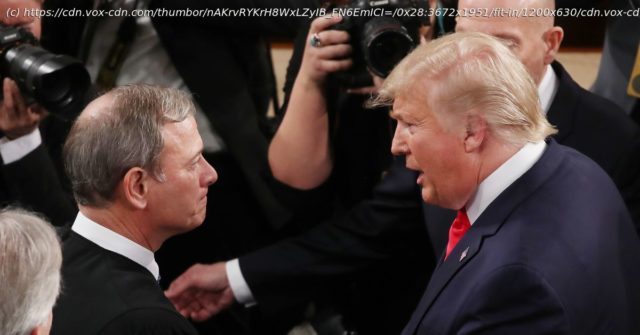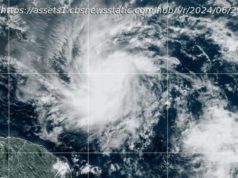Chief Justice Roberts’s opinion can be read two ways. One of them could be catastrophic.
There are two ways to read the Supreme Court’s decision in Seila Law v. CFPB, which was handed down on Monday.
But before we get to that, here are the basics of the case: The plaintiffs in this case asked the Court to invalidate the entire Consumer Financial Protection Bureau (CFPB), a federal agency, proposed in 2007 by then-professor Elizabeth Warren, to prevent predatory practices by many lenders. But the radical claim that the whole agency should fall gained little traction on the Supreme Court. Instead, the justices largely focused on the question of whether the president may remove the CFPB’s sitting director at will.
A majority of the Court agreed that a president may remove the CFPB director. In the short term, that decision could benefit presumptive Democratic presidential nominee Joe Biden, who will be able to remove Trump’s CFPB director right away if Biden becomes president. In the long term, however, the decision could potentially empower the president to manipulate the political process.
The first way to read Seila Law is as a minor decision holding that the unusual structure Congress envisioned for the Consumer Financial Protection Bureau is unconstitutional. The CFPB is one of just a few federal agencies that is headed by a single director who cannot be removed at will by the president of the United States. Seila Law holds that this abnormal way of structuring a federal agency’s leadership is unconstitutional.
All five of the Court’s Republican appointees agreed with this decision, while all four of the Court’s Democratic appointees joined a dissenting opinion by Justice Elena Kagan.
The other way to read the decision, however, is that it could be the first salvoin an attack on other agencies that enjoy some degree of insulation from the president. These “independent” agencies include bodies like the Federal Reserve and the Federal Communications Commission (FCC), and there are vital reasons why these agencies’ leadership should remain independent of the president.
If the president can fire Federal Reserve governors at will, that president could pressure the Fed to goose the economy in an election year — helping the president’s reelection campaign while potentially doing long-term harm to the economy. If the president can fire members of the FCC at will, they could pressure that agency into targeting news outlets that run coverage painting the president in an unfavorable light.
Lawyers who prefer the first, more narrow reading of SeilaLaw can find plenty of language in Chief Justice John Roberts’s majority opinion that supports such a reading. Meanwhile, lawyers eager to turn the Fed into a subsidiary of the White House can find language supporting that outcome as well.
So the immediate upshot of Seila Law is that the CFPB survives this attempt to strike it down in its entirety, and Democrats gain the power to remove Trump’s CFPB director if Biden is sworn in next year. But it is unlikely that we will know the full significance of Seila Law until the Court hears a new case testing its meaning.
Seila Law involves a lengthy crusade by many conservative lawyers to expand the president’s power to fire top government officials.
Most federal agencies are under the full control of the president — if the president wants to fire a cabinet secretary, for example, the president may do so for any reason they choose. A handful of agencies, meanwhile, are “independent,” meaning that the president may only fire the heads of those agencies for cause.
Home
United States
USA — mix The Supreme Court’s big decision on the CFPB and the “unitary executive,”...






